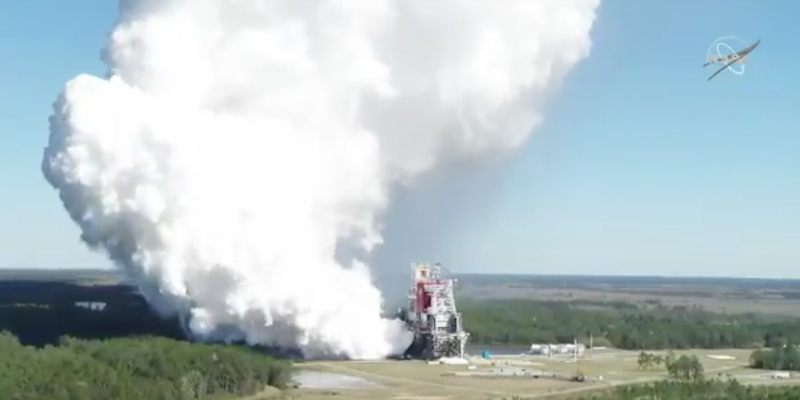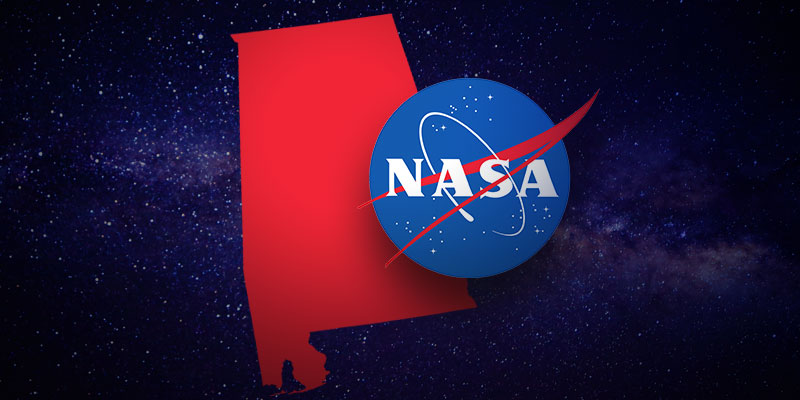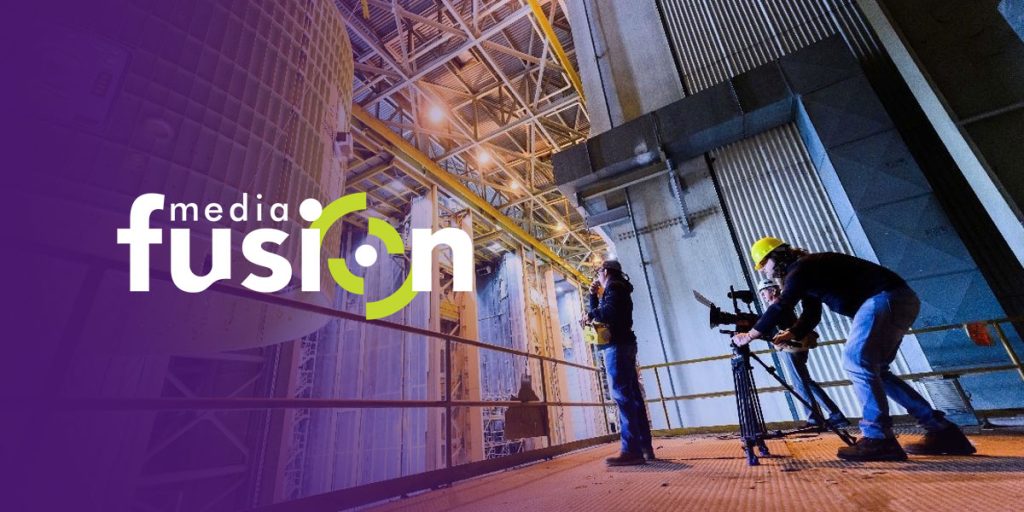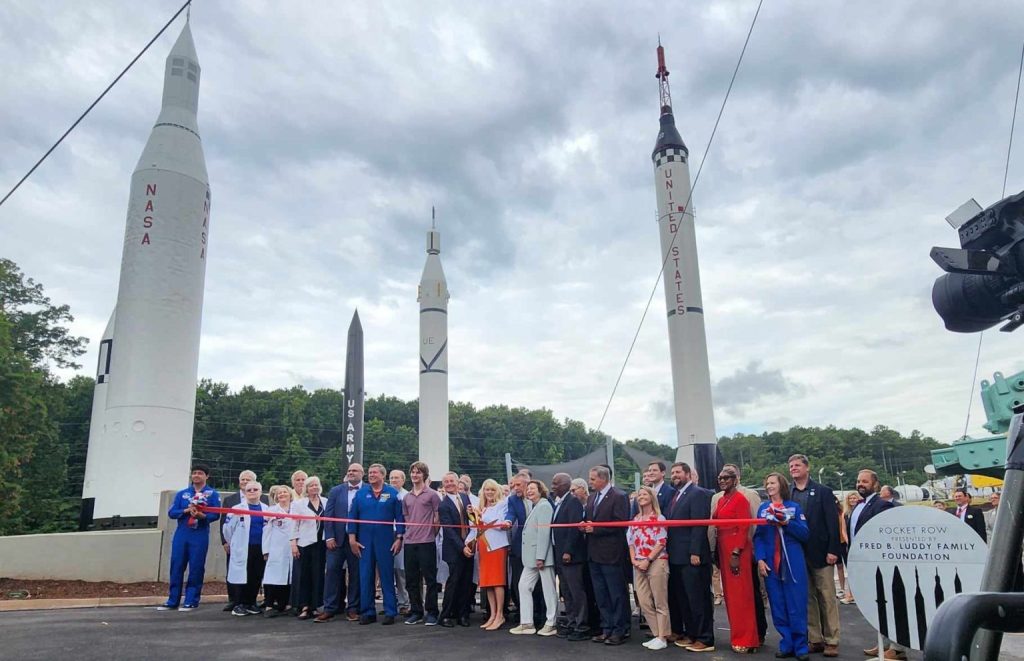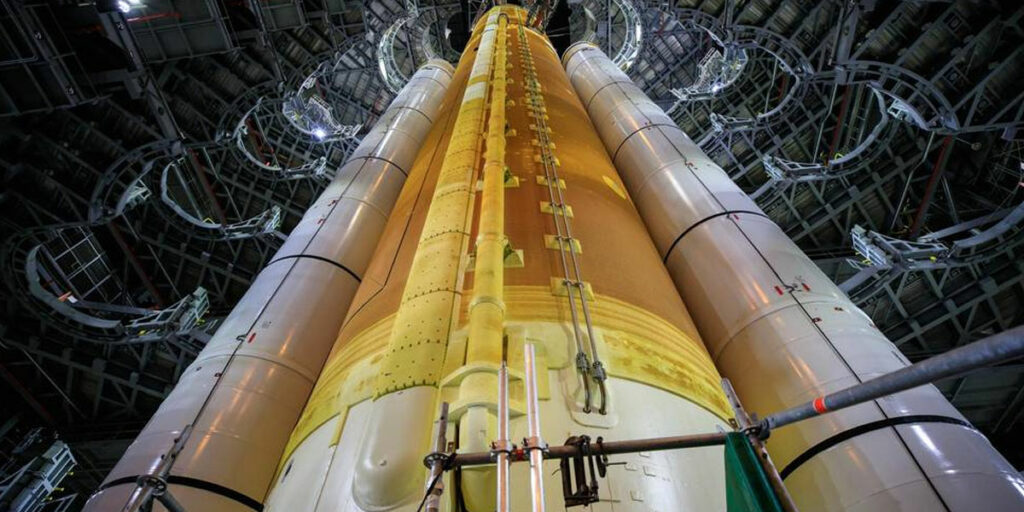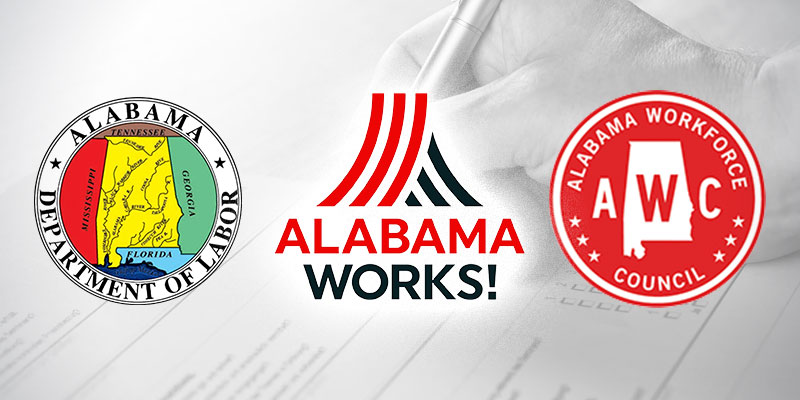NASA on Thursday successfully conducted a full hot fire of the core stage for the agency’s Space Launch System (SLS) rocket that is scheduled to launch the Artemis I mission to the moon, hopefully later this year.
The hot fire was the final test of the eight-part, 12-month Green Run series, conducted at Mississippi’s Stennis Space Center. This was the second hot fire attempt; the first go-around, which showed that the “core stage and the RS-25 engines performed perfectly,” ended prematurely out of an over-abundance of caution in testing parameters.
SLS is the world’s most powerful ever rocket that will power America’s next-generation moon missions and subsequent crewed missions to Mars. Alabama’s aerospace industry has led the effort to build the SLS, which stands 212 feet high and 27.6 feet in diameter.
Boeing is the core stage lead contractor, and Aerojet Rocketdyne is the RS-25 engines lead contractor. The SLS program is managed out of NASA’s Marshall Space Flight Center in Huntsville, while Boeing’s Huntsville-based Space and Launch division manages the company’s SLS work.
“I want to thank the extraordinary individuals who make up the NASA, Aerojet Rocketdyne and Boeing teams who designed, developed, produced and tested the all-new SLS core stage to enable sustainable human exploration of deep space,” stated John Shannon, Boeing SLS vice president and program manager.
Thursday’s full hot fire saw the rocket’s four RS-25 engines fire for a little more than eight minutes – the same amount of time it will take to send the SLS to space following launch.
“The hot fire got underway at around 4:40 p.m. EDT with all four RS-25 engines ignited successfully and produced 1.6 million pounds of thrust, as they will to launch the Artemis I mission to the Moon. During the test the engines consumed more than 700,000 gallons of liquid oxygen and liquid hydrogen propellant,” NASA wrote in a release. “The test was conducted with the core stage that will launch that first Artemis mission. Engineers collect data on how the stage behaved during critical operations, such as throttling the engines up and down and moving the engines dynamically in a variety of patterns. In coming days, engineers will scrutinize the data and determine if the stage is ready to be delivered to NASA’s Kennedy Space Center in Florida where it will be integrated with the twin solid rocket boosters already stacked in the Vehicle Assembly Building.”
U.S. Senator Richard Shelby (R-AL) praised the historic hot fire.
Pleased that today’s Green Run hot fire test of the @NASA_SLS core stage was successful and informative – another important milestone in our return to the moon. https://t.co/uZzqJvOn5X
— Richard Shelby (@SenShelby) March 18, 2021
Under the Artemis program, NASA is working to land the first woman and the next man on the moon in 2024 through Artemis III.
Artemis I will be the first integrated flight test of SLS and the Orion spacecraft. This will be an uncrewed test flight. Artemis II is slated to be the first crewed flight for the program.
Congressman Robert Aderholt (AL-04) also lauded Thursday’s landmark test.
“Today’s successful test at Stennis Space Center is the exciting punctuation mark of the most rigorous testing of a launch vehicle since the Apollo program,” he said. “That is important because this is the only super- heavy-lift launch vehicle designed from the beginning to meet NASA’s stringent human-rated safety specifications.”
“This success is the result of a nationwide team of government designers, managers, and engineers, and their counterparts in the commercial world of contractors, all of whom have brought the Space Launch System from a concept to a completed rocket. A rocket built and ready for action,” Aderholt continued. “This success also shows how crucial it is that we maintain NASA’s network of Centers. Government projects like this one also supply the expertise that makes our commercial programs successful. For example, over 100 government employees at Marshall Space Flight Center alone played a role in the recent, successful commercial crew flight.”
He concluded, “The Chinese space program – primarily a military program – is marching forward. With today’s test, we have a great confirmation of our evolvable, super-heavy-lift rocket. A rocket which will be available whenever called upon to ensure the United States access to orbit, and to the Moon, and beyond.”
Congrats @NASA_SLS on a successful Green Run hot fire.
Alabama has played a major role in bringing the SLS rocket to life.
We are closer than ever to bringing the first woman & next man back to the moon. pic.twitter.com/pXtIU95moR
— Senator Tommy Tuberville (@SenTuberville) March 18, 2021
Sean Ross is the editor of Yellowhammer News. You can follow him on Twitter @sean_yhn




